Lawn Maintenance
-

SB 28-25
Perennial Grass, Pasture, and Forage
Commercial insect and weed control in perennial grasses, pastures, and forages. Updated annually.
William Hudson, G. Buntin, Patrick McCullough, and Allison Johnson
|
-
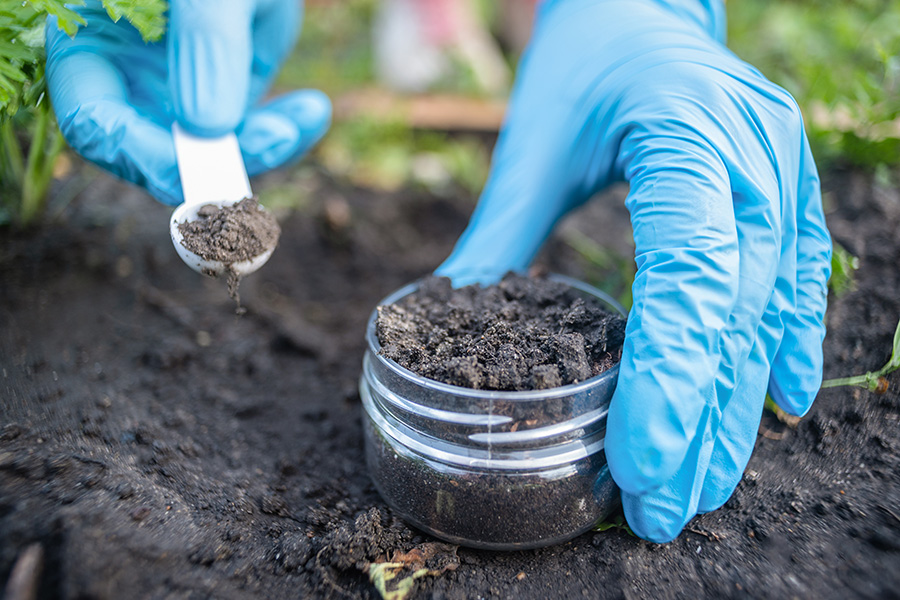
Developing and maintaining productive soils begin with soil testing. Soils tests provide information on the soil’s actual nutrient status. Test results are used to determine the amount and kind of nutrients that should be added for the best growth of lawn, garden, and other types of plants.
Jason Lessl
|
-
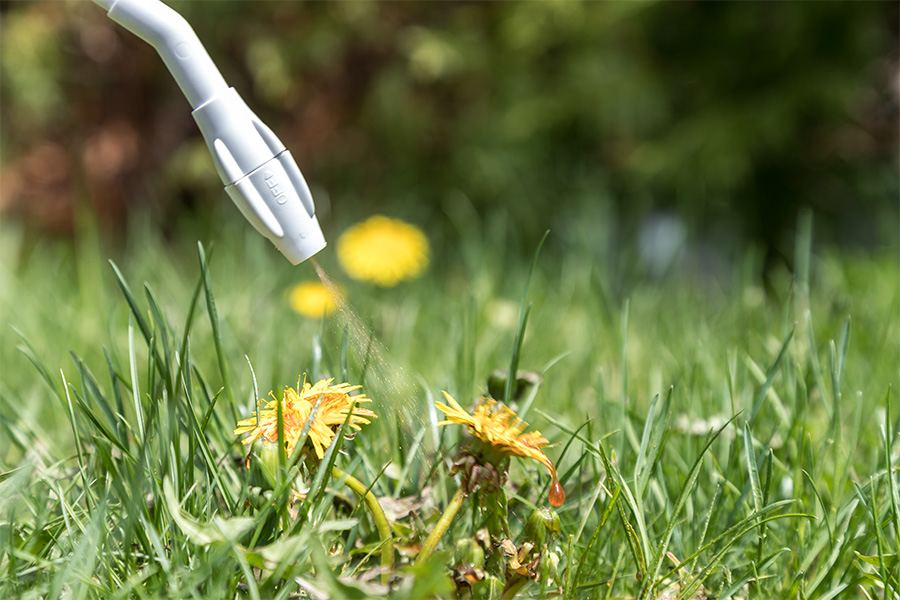
Weeds can be major pests of home lawns. Due to differences in color, leaf size, shape and growth habit, weeds detract from the natural beauty of desirable turfgrasses. Additionally, weeds compete with turfgrasses for sunlight, soil moisture, nutrients and space. Many weeds can quickly become the dominant species in a lawn. This publication contains comprehensive information about weed control in home lawns.
Freddie Waltz and Patrick McCullough
|
-

La bermuda es una planta perenne de estación cálida ampliamente utilizada para su uso como césped en el sudeste de los Estados Unidos.
[Although improved common (Cynodon dactylon (L.) Pers.) and hybrid bermudagrasses (Cynodon dactylon x C. transvaalensis Burtt-Davy) have desirable qualities as turfgrasses for heat, drought and wear tolerance, bermudagrass is a problematic weed when grown in mixed stands with other turf species. Selective control of bermudagrass is difficult but often warranted in order to maintain acceptable quality of the desired turfgrass species. This publication describes bermudagrass control methods for Southern lawns.]
Patrick McCullough
|
-

La lespedeza común (Kummerowia striata (Thunb.) Schind syn. Lespedeza striata) es una leguminosa anual de verano sin organización en sus ramificaciones, que es una maleza problemática en céspedes de jardines residenciales así como en otras áreas de césped.
[Common lespedeza (Kummerowia striata (Thunb.) Schind syn. Lespedeza striata) is a freely branched, summer annual legume that is a problematic weed in lawns and other turf areas. This publication describes ways to identify and control Lespedeza in turfgrass, including cultural control methods, preemergence herbicides and postemergence herbicides.]
Patrick McCullough
|
-
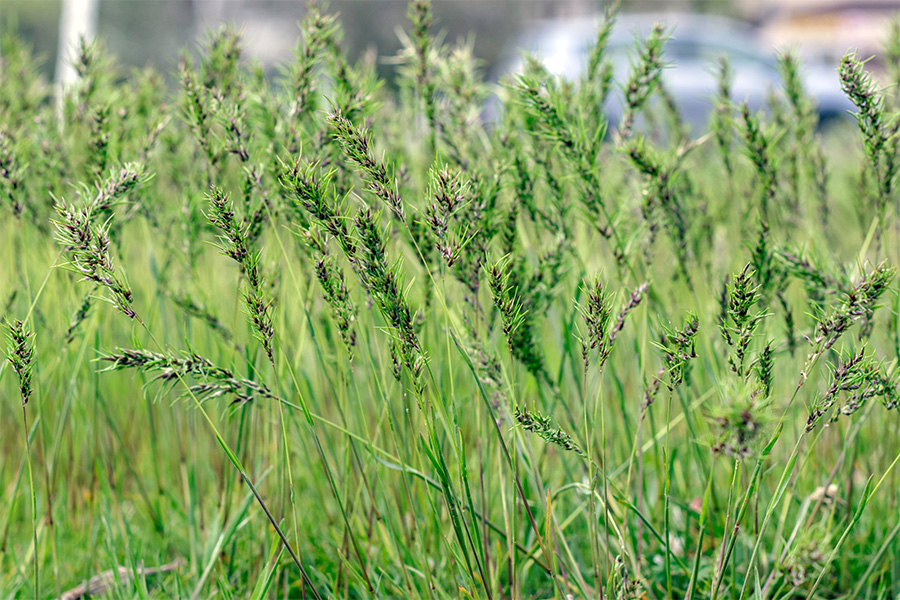
Annual bluegrass (Poa annua L.) is a problematic winter annual weed in residential turf. Compared to most turfgrasses, annual bluegrass has a lighter green color, coarser leaf texture and produces unsightly seedheads. Contrary to its name, both annual (live for one season) and perennial (live for many seasons) biotypes of annual bluegrass may be found in turf. This publication describes methods of control for annual bluegrass in residential turfgrass lawns.
Patrick McCullough
|
-
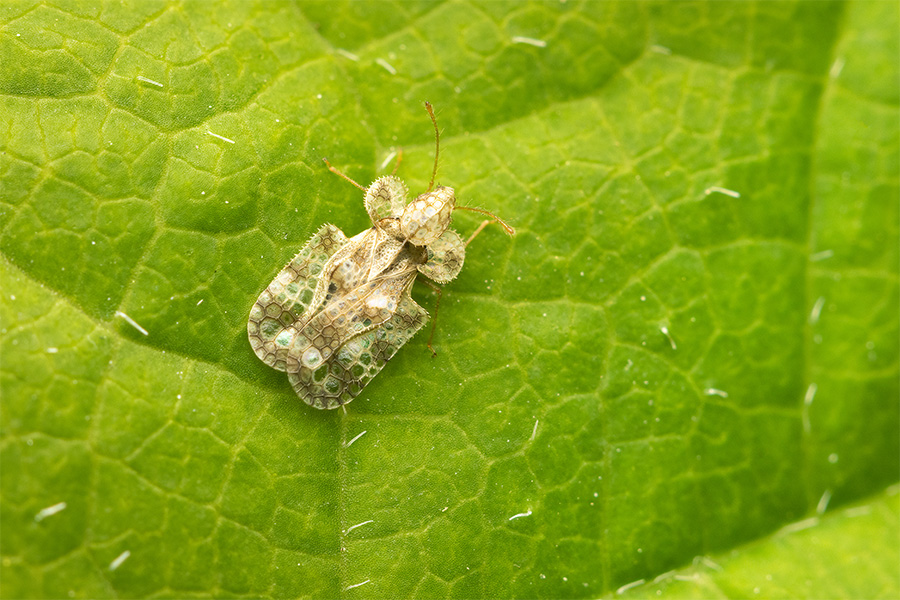
Lace bug damage to the foliage of trees and shrubs detracts greatly from the plants’ beauty, reduces the plants’ ability to produce food, reduces the plants’ vigor ad causes the plant to be more susceptible to damage by other insects, diseases or unfavorable weather conditions. Repeated, heavy infestations of lace bugs may be the primary cause of plant death.
Susan Braman
|
-

This publication provides guidelines for proper pruning that may help assure healthy vigorous plants and lasting landscape beauty. First, we’ll discuss the three basic Ts for successful pruning: tools, technique and timing. Then we’ll examine the pruning requirements of specific ornamental plants in the home landscape.
Svoboda Pennisi
|
-
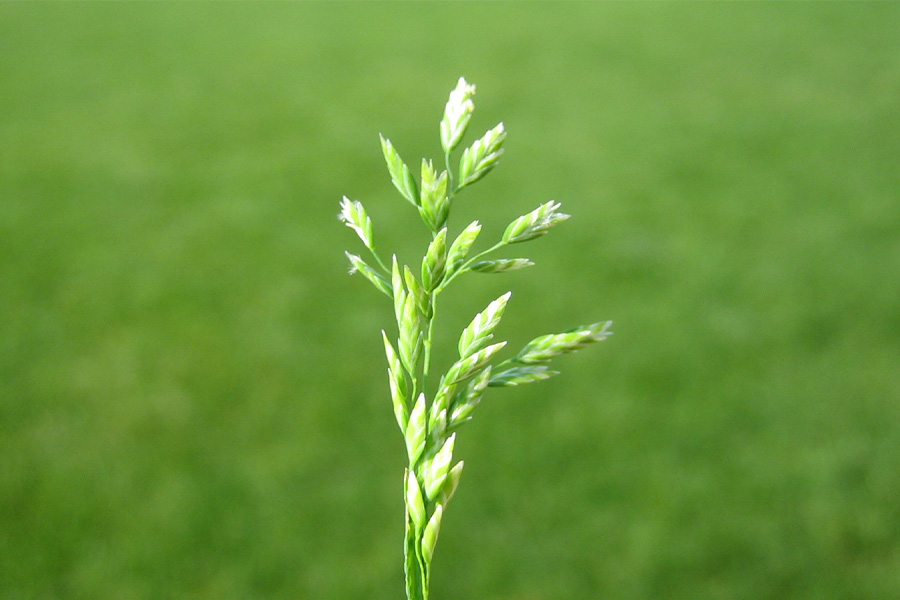
Annual bluegrass (Poa annua) is the most problematic winter weed of lawns in Georgia. Plants have a light green color, coarse leaf texture, and produce unsightly seedheads. Annual bluegrass germinates in fall, overwinters in a vegetative state, and resumes active growth in spring. Competitive growth of populations causes stand thinning of desirable turfgrasses that may predispose lawns to invasion by summer annual weeds, such as crabgrass (Digitaria spp.). Annual bluegrass typically dies out by May in Georgia, but cool temperatures in spring and regular irrigation may extend survival of populations into early summer.
Annual bluegrass is the most problematic winter weed of lawns in Georgia. Turf managers have experienced difficulty controlling annual bluegrass due to the spread of biotypes with resistance to pre- and post-emergence herbicides. This publication covers annual bluegrass identification, establishment, and cultural control for lawns. The development, detection, and control of herbicide-resistant annual bluegrass is also discussed.
Patrick McCullough
|